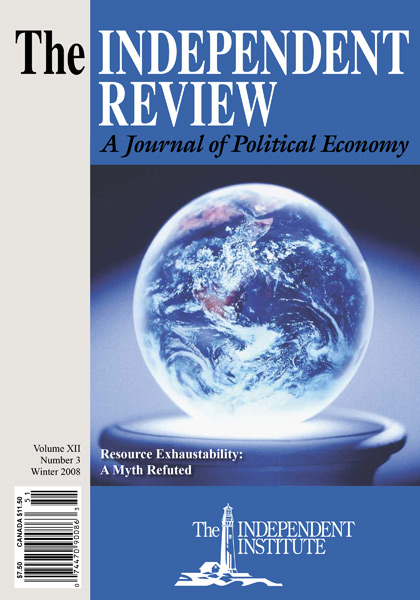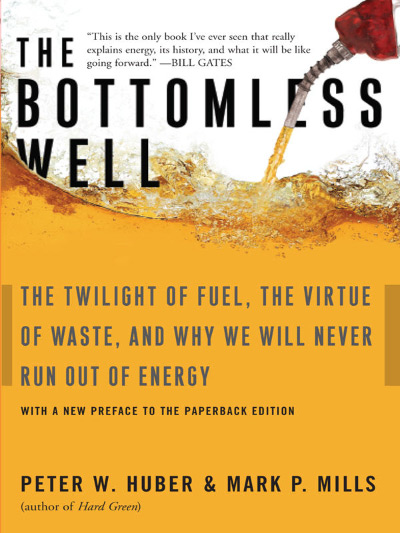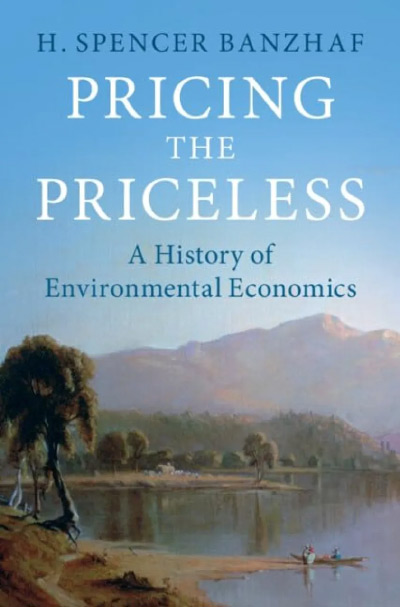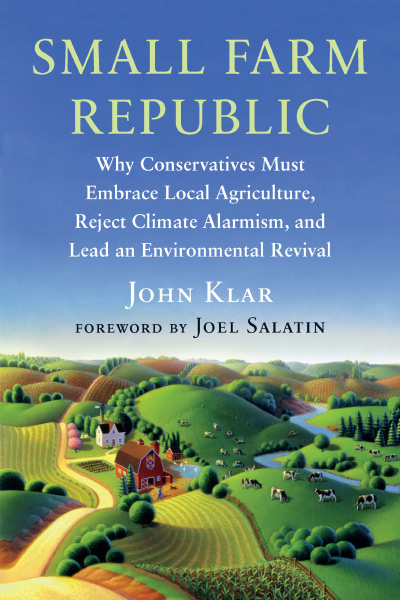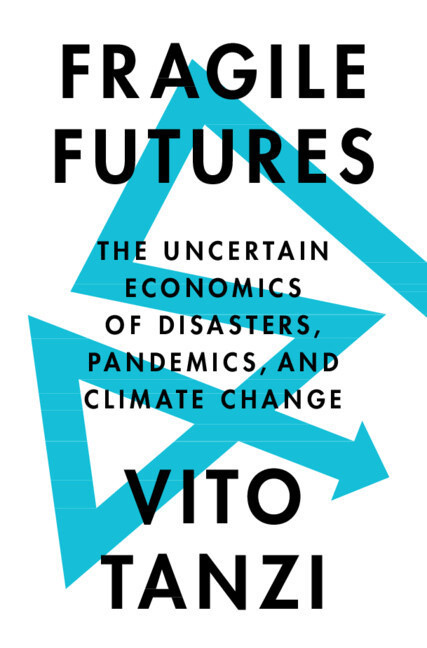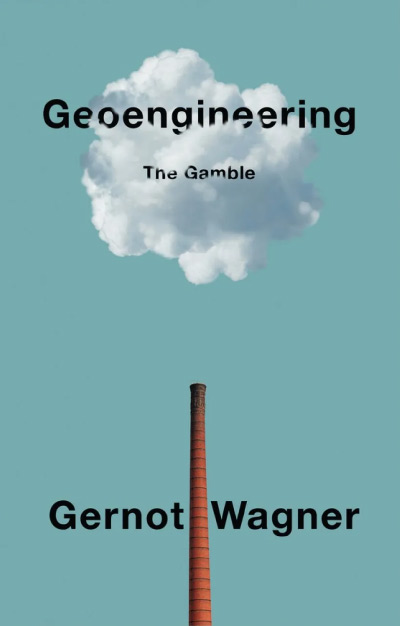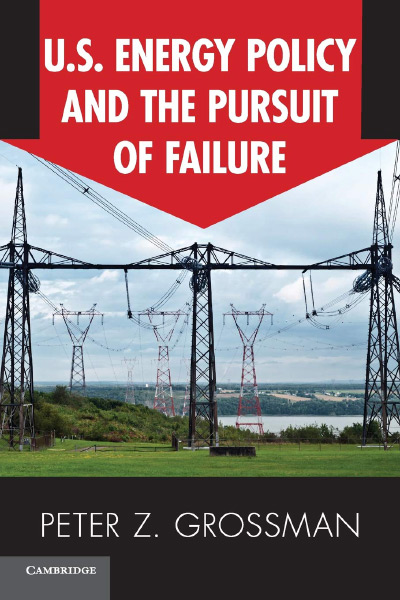Peter W. Huber and Mark P. Mills have written a powerful book about subtle concepts: heat, energy, power, and order. It is also an important book, not least because the United States and other industrial economies use enormous amounts of energy, with important consequences, intended and otherwise. Energy use is typically expressed in terms of heat, such as British thermal units (Btus). The U.S. economy uses roughly 100 quadrillion Btus (100 quads) of energy every year. The authors point out, however, that heat is not what we want. Rather, we want ordered energy.
“Heat is chaos” (p. 22), declare Huber and Mills. Heat can keep us warm, of course, but if we are clever, heat can also be harnessed to cool us, to transfer information through Internet pipelines, or to move us down the road. To move ourselves and our cargoes, we buy fuel to produce heat, and a vehicle’s engine transforms the heat into useful energy to produce ordered, controlled power to move the vehicle to its destination and to slow or stop it. The energy used, however, is actually a small portion of the amount contained in the petroleum used to make the vehicle’s fuel.
Of the 100 quads of energy used in the United States each year, 80–95 percent is used to purify, or to provide more order to, the energy itself before it produces light, information flows, transportation, and any other services. Running the machines and powering the processes that purify energy have been the focus of much of the inventiveness, ingenuity, and engineering that have built civilization. These efforts are also the focus of The Bottomless Well, whose authors tell a fascinating and important story.
In teaching us about energy, Huber and Mills make and support a number of counterintuitive, even heretical points. In the preface (pp. xxiv–xxv), they list the “seven great energy heresies we propound.” Paraphrased, these heresies are:
- The cost of energy as we use it has less and less to do with the cost of fuel and depends more and more on the cost of the hardware used to refine and process the fuel. (The book’s first chapter is “The Twilight of Fuel.”)
- “Waste” is virtuous. We use most of our energy in refining energy and dump waste energy in the process. The more wasteful refining we do, the better things get all around—cleaner, safer, more reliable.
- The more efficient our energy technology, the more energy we consume. More uses appear for lower-cost, more-efficient energy. “To curb energy consumption, you have to lower efficiency, not raise it.” (Examples include the fifty-five-mile-per-hour speed limit and cars that are smaller and less safe—buying fuel economy at the expense of shedding more blood on the roads.)
- The competitive advantage in manufacturing is now swinging decisively back toward the United States.
- Human demand for energy is insatiable. “Life is energy in unceasing pursuit of order, and in tireless battle against the forces of dispersion and decay.”
- Raw fuels are not running out. “The faster we extract and burn them, the faster we find still more. Energy supplies are infinite.”
- America’s relentless pursuit of high-grade energy does not add chaos to the global environment, but restores order. If energy policies like ours can be used worldwide, our grandchildren will inhabit a planet with less pollution, a more stable biosphere, and better-balanced carbon books than at any time since the rise of agriculture some five thousand years ago.
The book is a story of people’s use of energy in increasingly clever, useful, and efficient ways to make life better for themselves and all who have followed and will follow them. The authors also make bold predictions. For example, they say that internal combustion engines will not disappear and, indeed, will actually multiply in coming decades. “But the engine itself will be changed beyond recognition; it will change more in the next decade or so than in all the years since Nikolaus Otto built the prototype in 1876.” Why? “A mechanical watch has a certain beauty in its diminutive complexity, but its much bigger sibling under the hood of the car has the look and feel of a nest of thrashing steel snakes. Its engineering aesthetics are altogether ugly” (pp. 75–76). Regarding these changes, which are already under way in the market, Huber and Mills declare, “The best thing U.S. policy makers can do is step out of the way and let the market find its own way to the extraordinary future that now beckons” (p. 76).
The book offers many policy-relevant facts. For example, when a dilute formof energy, such as wind power or the solar energy striking rooftops, is made into better-ordered, more useful energy, the capital items needed for the transformation are often expensive. The total cost of the resulting energy supply reflects in part the costs of the energy inputs into making, transporting, installing, and repairing the equipment, as well as the cost of transporting power to where it is used (for example, constructing and maintaining power lines). When the raw energy is concentrated, these costs are usually much lower than when more machinery must be used to gather, convert, and transport the purer, better-ordered power to users. Forcing or subsidizing the use of more dispersed, more costly energy sources is neither energy efficient nor cost effective.
Huber and Mills dispute that policymakers should push more efficient energy use onto consumers, thus challenging the “nabobs of negawatts” (p. 92). A more energy-efficient method can reduce the energy consumption in a particular instance, but central planners often fail to recognize the even more efficient methods that might be employed in those circumstances. Those who bear the cost of energy (and energy-using devices), however, have an incentive to find better ways. Of course, more efficiency itself breeds innovative uses of the more efficient energy technology, and total energy use, summed over all uses, grows. More and better energy use, the authors point out in chapter after chapter, is making us more powerful and improving our environment in almost every way, and we are better off as a result.
Although the book overall is fascinating and important, economists might wish that the authors had paid more attention to the value of power and of more-ordered energy, but calling attention to that lapse may be nitpicking. If the book receives the attention it deserves, environmental activists will more vocally criticize the authors’ optimistic discussion of fossil fuels and the threat of global climate change they pose. In “Saving the Planet with Coal and Uranium” (chapter 10), Huber and Mills argue cogently that the United States is leading the way back toward carbon balance by using and promoting land-efficient, fossil-fuel-using farming techniques that allow farm land to revert to forest, which sequesters carbon and becomes a carbon sink. They cite (controversial) evidence that expanding forests in North America are sequestering more carbon each year than is emitted here. They also observe: “Over the long term, societies that expand and improve their energy supplies overwhelm those that don’t. . . . Civilization, like life, is a Sisyphean flight from chaos. The chaos will prevail in the end, but it is our mission to postpone that day for as long as we can and to push things in the opposite direction.... Energy isn’t the problem. Energy is the solution” (p. xxvi, emphasis added).
| Other Independent Review articles by Richard L. Stroup | ||
| Summer 2014 | The Economics of Climate Change: Adaptations Past and Present | |
| Spring 2004 | Out of Bounds, Out of Control: Regulatory Enforcement at the EPA | |
| Spring 2000 | Free Riders and Collective Action Revisited | |
| [View All (4)] | ||

